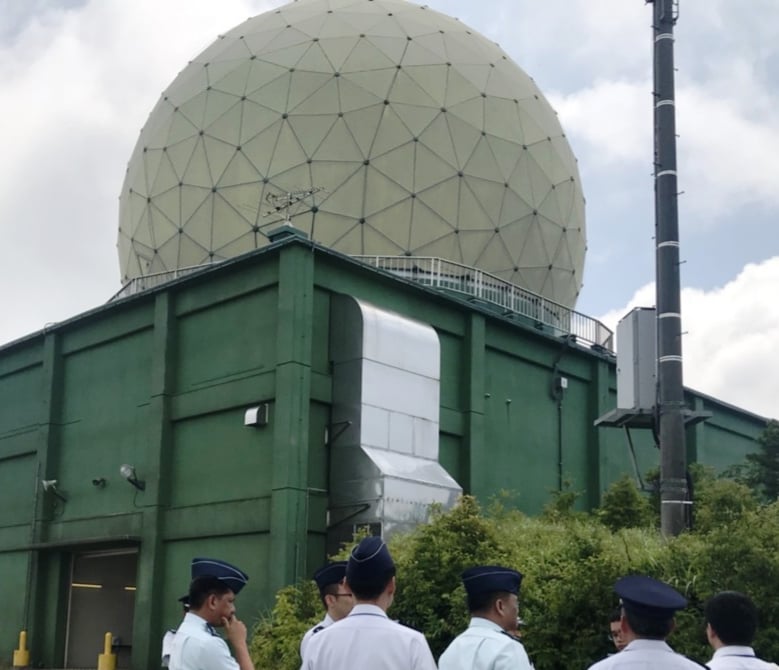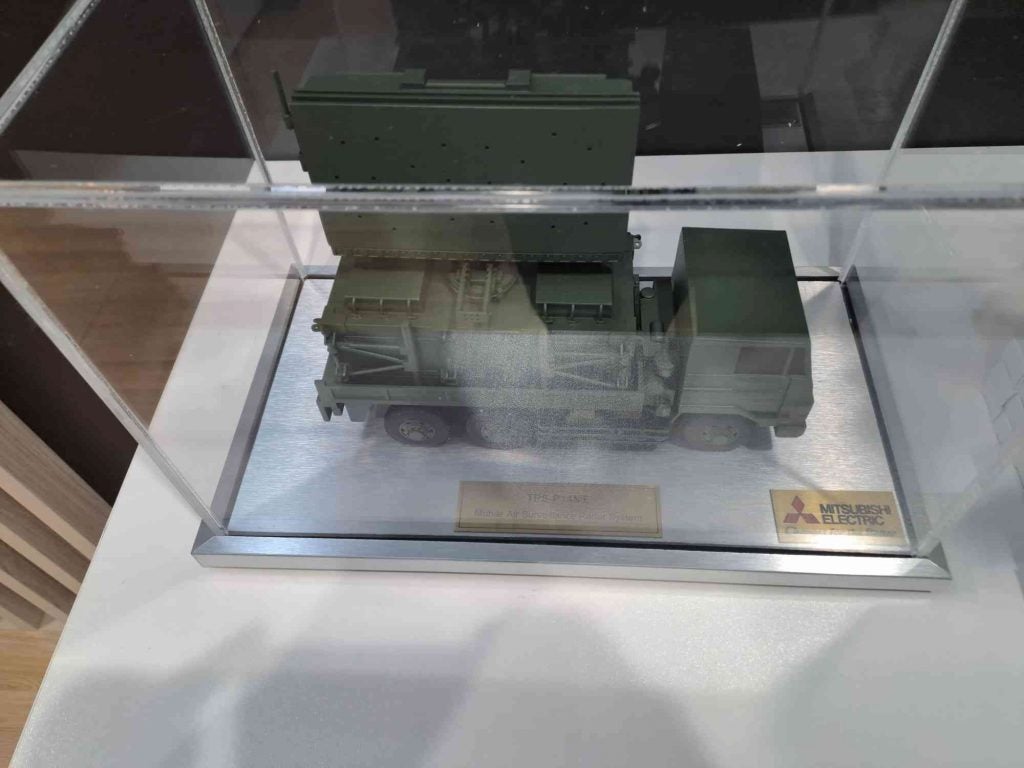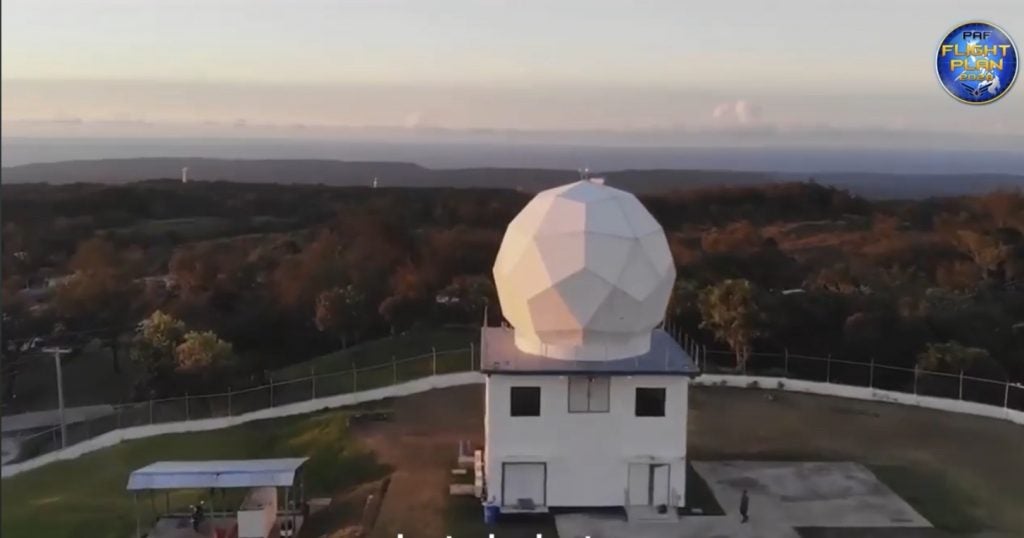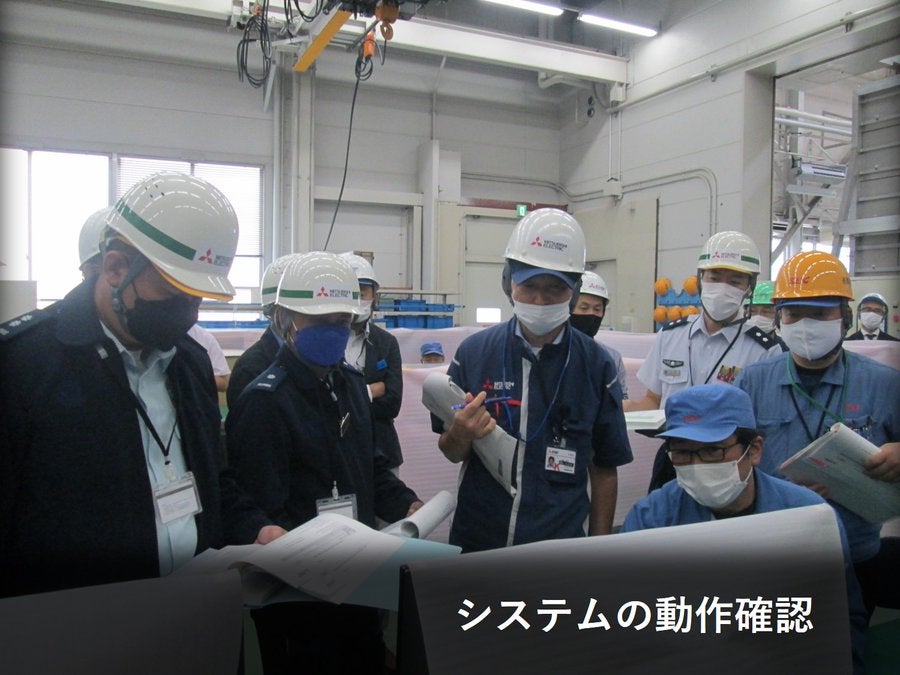First Japanese Air Defense Radar For the Philippines Completed
Mitsubishi Electric announced the completion of the first air defense radar destined for the Philippines on Tuesday. Pre-export inspections for the radars were done, and going forward personnel from the Philippine Air Force will begin training to operate the radar. These radars represent the first major Japanese defense export since the lifting of the country’s weapon export ban in 2014, being the first ever export of air defense radars in Japan’s history. This sale is also one of a number of recent equipment transfers between the two countries.

Three J/FPS-3ME and a sole J/TPS-P14ME were procured by the PAF under the Revised Armed Forces of the Philippines Modernization Program’s Horizon Two Air Surveillance System acquisition project in August 2020. The Japanese radars will supplement three radars of Israeli origin previously acquired during Horizon One. The existing ELM-2288ER AD-STAR radar sites cover most of the country’s seaboard, but gaps still exist. Horizon 2’s acquisition aims to remedy this and to expand the PAF’s coverage into areas previously not yet covered.

One of these areas that will receive more coverage is the West Philippine Sea. The Philippines has stated its intent to station one of the Japanese air defense radars on a former oil platform in the defunct Matinloc Oil Field off Northern Palawan.

If this plan goes through, the radar that would go on the platform is likely to be the mobile J/TPS-P14ME as the infrastructure needed for the fixed J/FPS-3ME sites would be extensive.

The unit that will operate these new radars is the 580th Aircraft Control and Warning Wing. Air Battle Managers of the 580th are responsible for the detection and tracking of Philippine airspace. The personnel of the unit is likely the PAF personnel that will soon begin training on the Japanese radars. This unit recently participated in Pitch Black 2022, where its Air Battle Managers helped coordinate the Australian-led multinational aerial exercise.
It should be noted that there is some controversy associated with the procurement of these radars. Philippine defense commentator MaxDefense reported on the issues with the decision to go with Japanese radars instead of the expected Israeli systems. Some issues include interoperability with other assets of the PAF, the lack of one radar as demanded by the original Horizon 2 requirements of five, and the price of Mitsubishi Electric compared to other offers.
The most recent Japanese transfer to the Philippines, while technically not outlined under the restraints that prevented the radars from being exported until 2014, are the Teresa Magbanua-class multi-mission response vessels. Based on the Kunigami-class patrol vessels used by the Japan Coast Guard, these vessels were provided to the Philippine Coast Guard through Japanese aid. Both vessels were delivered and commissioned this summer.
Other previous Japanese contributions include five TC-90 aircraft used for maritime patrol by the Philippine Navy and ten Parola-class patrol vessels for the PCG.
Japan also trains closely with the AFP and is currently partaking in KAMANDAG 6 alongside Philippine, U.S., and Korean marines.
Cover Image Courtesy of Acquisition, Technology, and Logistics Agency

